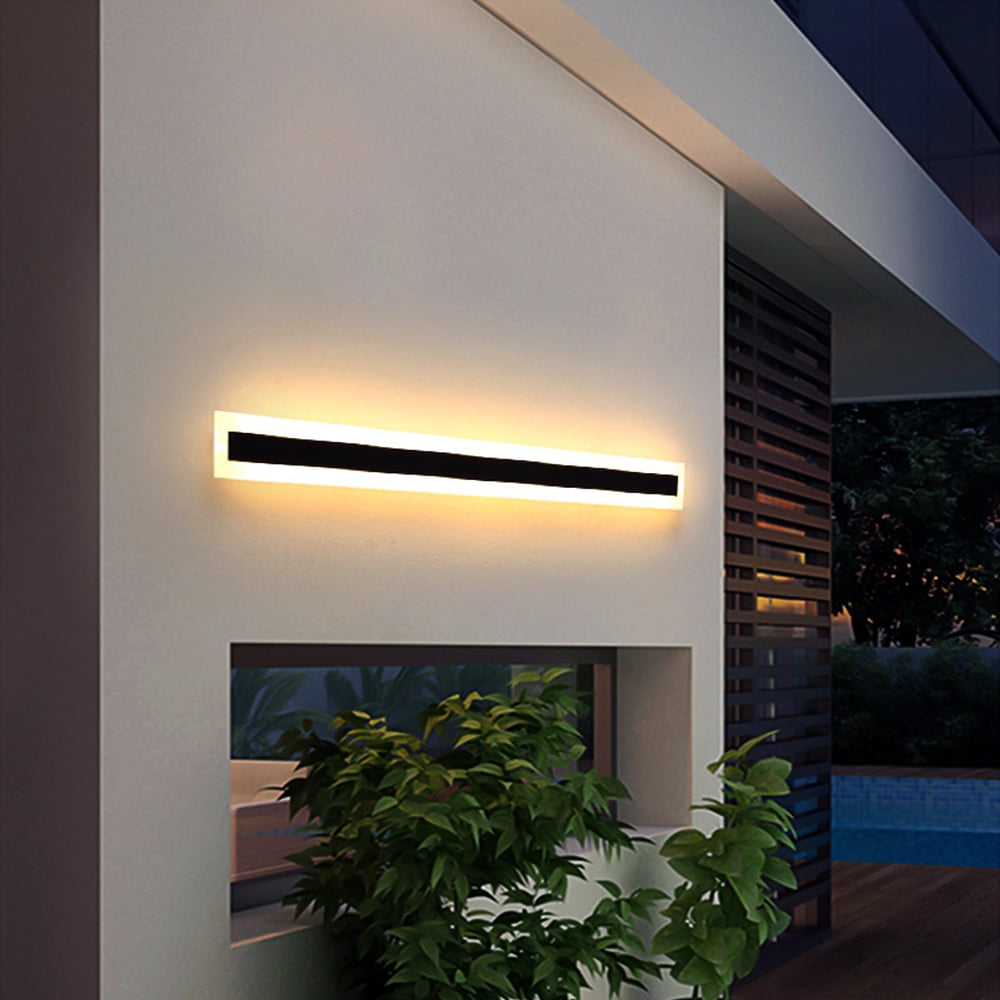Light Emitting Diode panel screens have become more and more favored across different environments, including residences and commercial spaces and public spaces. These panels are recognized due to their bright and dynamic displays, that make them ideal for conveying data, ads, as well as engagement. Nevertheless, understanding the brightness measurements of Light Emitting Diode panel screens remains essential for ensuring optimal visual efficacy. Illumination can be measured in units called candelas, that show the amount of light is emitted from a screen. A greater the number of candelas, the brighter more luminous the display will be. For instance, instance, one screen boasting one thousand candelas stands significantly brighter than a featuring five hundred nits, making it better equipped in brightly lit settings.

When selecting an LED panel screen, it is important to take into account which setting where which it will be used. In brightly illumined spaces, like retail environments and open-air locations, a higher brightness level is necessary to ensure visibility. Conversely, in darker settings, like cinemas and meeting spaces, lower lower brightness level may suffice. This is because excessive bright unnecessary luminosity in a dark environment can lead in viewer discomfort for the audience, making it harder to focus on the display. Therefore, understanding the specific requirements of the installation location can aid in choosing the right brightness level for optimal viewing experience.
Another important element for consider is the contrast ratio of an Light Emitting Diode panel screen. This contrast measurement indicates how much disparity exists between the brightest most luminous light versus the dark black which the screen is able to create. An greater differential ratio means that the display can present more detail and depth, which enhances general visual clarity. For example, a panel with a contrast proportion at ten thousand to one will show visuals with more vivid hues as well as crisper features compared to a featuring a proportion of 1,000:1. This becomes especially crucial in instances where showing images and motion graphics which require high clarity as well as fine details, including slideshows or advertising content.
Moreover, the technology that drives Light Emitting Diode wall panels plays an essential role in their illumination as well as total performance. Different kinds in Light Emitting Diode technologies, such as Organic Light Emitting Diode as well as Liquid Crystal Display, have unique characteristics which impact how brightness is experienced. Organic Light Emitting Diode screens typically offer superior differential and deeper shades, thereby can enhance a visual experience in darker settings. Conversely, standard LED immersive experience with leds panels may prove to be better for bright spaces because of their ability for produce higher amounts in brightness. Understanding such tech-related differences can help users in making knowledgeable decisions based on specific specific needs.
In conclusion, consistent maintenance as well as adjustment of LED panel panels can assist maintain optimal brightness and efficacy over time. Dust as well as dirt can build up on the screen, affecting the illumination as well as clarity in the display. Regular cleaning and expert calibration can guarantee that panel screen operates in top best, offering consistent image clarity. Additionally, certain sophisticated LED wall screens come built-in integrated features which allow users for adjust illumination settings and hue settings according to individual preferences. Through implementing these measures, led wall graphics users will guarantee that LED LED panel screens provide an optimal display efficiency, regardless of where setting in that they are placed.